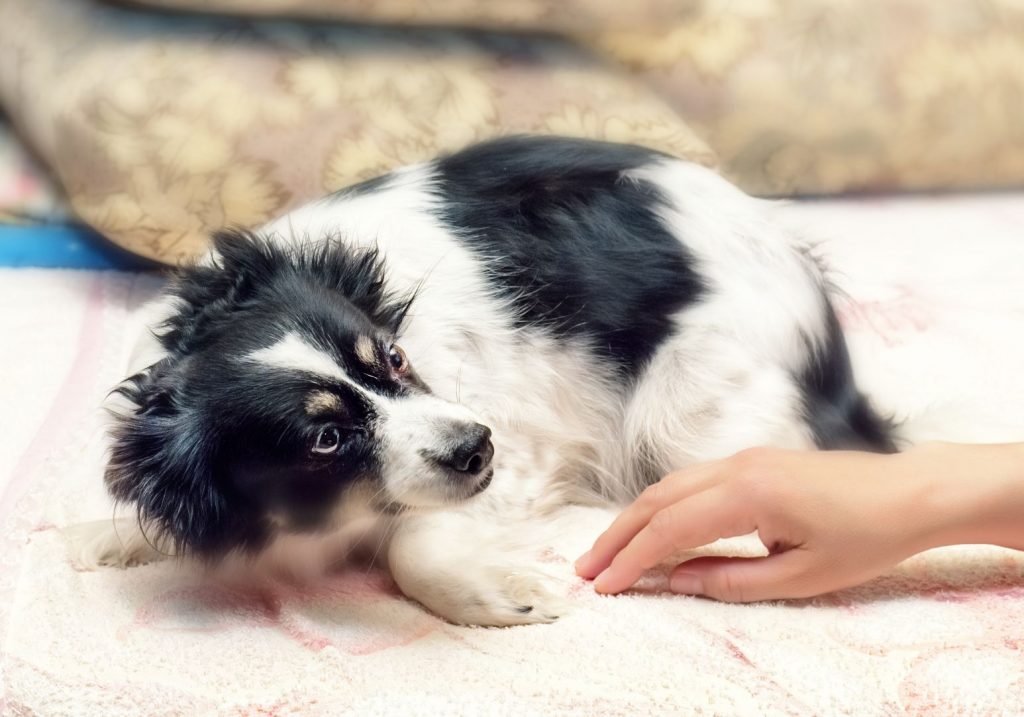Reactive Dogs and Aggressive Dogs: Not the Same Thing

When a dog exhibits behaviors like barking, growling, snapping, or lunging, it is easy to assume that they are just aggressive. This is not always the case, though. Some dogs are really just anxious or scared and reacting in the best way that they know how. The difference between reactive dogs and aggressive dogs is important to distinguish as they often need to be handled differently. The Gentle Vet is here to help you understand how to identify the difference and what to do with these troubled pets.
Reactive Dogs Versus Aggressive Dogs
There are often different sources of the same end behaviors in dogs. Understanding where your pet is coming from can make a huge difference in managing these unwanted and sometimes scary actions.
Signs of aggression in dogs may include things like aggressive body language (staring, hackles up, tail up), growling, barking, lunging, snarling, snapping, and biting. A pet who exhibits behaviors like these may be experiencing:
- True aggression— Much less common than reactive aggression in dogs, true aggressive behavior occurs due to illness/injury, or because of poor training. A truly aggressive dog may be protecting themselves by hiding their potential ailment, or protecting their property/owners because they were trained to do so at some point in their lives. There are some truly aggressive dogs that also likely have some type or personality or brain imbalance resulting in unpredictable behaviors. True aggression is often more offensive and intentional.
- Fear aggression—Fear and anxiety in dogs can result in feeling threatened. This can understandably result in aggressive behavior when faced with a fight or flight type situation. Dogs may be fearful of predictable things like loud noises, but pets who have a history of abuse or trauma may have less predictable triggers for fear. This type of aggression is considered reactive, as they are reacting to a stimulus that is eliciting fear or anxiety.
- Defensive aggression—A dog who is scared, painful, or worried may try to defend themselves by exhibiting aggression. These aggressive behaviors are also typically reactive, brought on by a perceived or real threat. They may be centered around valued objects such as food, toys, or even people.
Behavior Modification for Dogs
If you are having trouble with dog aggression, do not delay in seeking help. No matter the underlying cause of the problem, aggressive behaviors can result in serious injury.
When you notice trouble:
- Speak to your dog in calm and reassuring tones. Yelling at, or “disciplining” them will only make it worse.
- Try to make observations in order to deduce what may have triggered the behavior
- Be sure to reward them when they are calm and polite
- Keep your dog out of potentially stressful or triggering situations such as dog parks or high-energy play
- Work on basic training so that you have the tools to distract or remove your dog from triggering situations
- Revist socialization for your dog if it does not put them or others in a bad situation
- Work to manage any anxiety your dog may have. Supplemental treats and pheromones are available over the counter.
- Make an appointment to have your dog examined for illness or pain, especially if the behavior is new or out of character
If aggressive behavior in dogs is recurrent or intensifying, a behavior consultation and potentially prescription medication is in order. Sometimes, working with a board-certified veterinary behaviorist is needed as well in order to successfully diagnose and modify the behavior.
Reactive aggression in particular is often quite manageable with a little work. Identifying the underlying reasons for it is key to success, though. We are here to help you figure out the cause of the problem, and when possible, work through positive reinforcement behavior modification to correct it.
